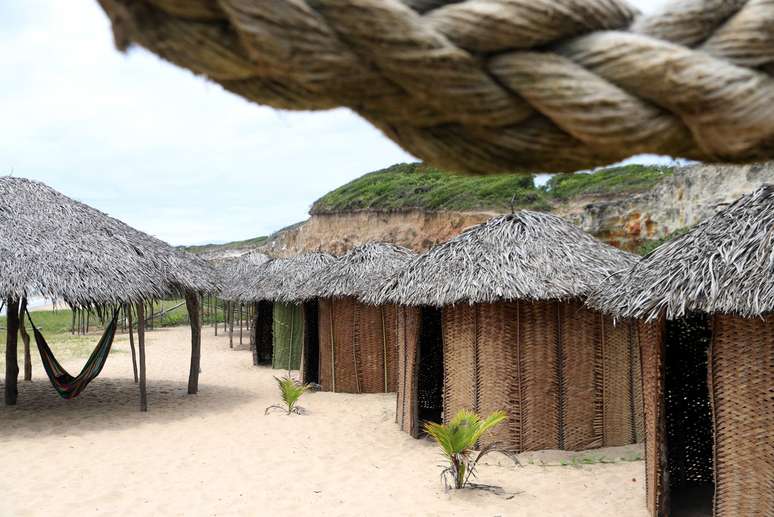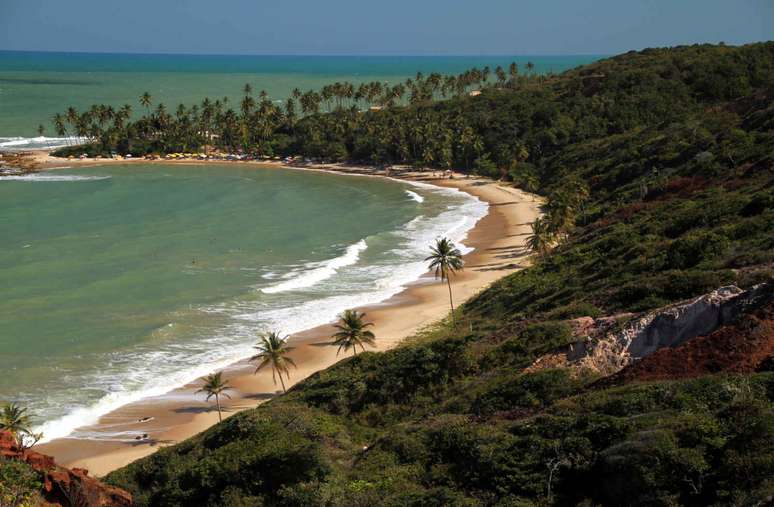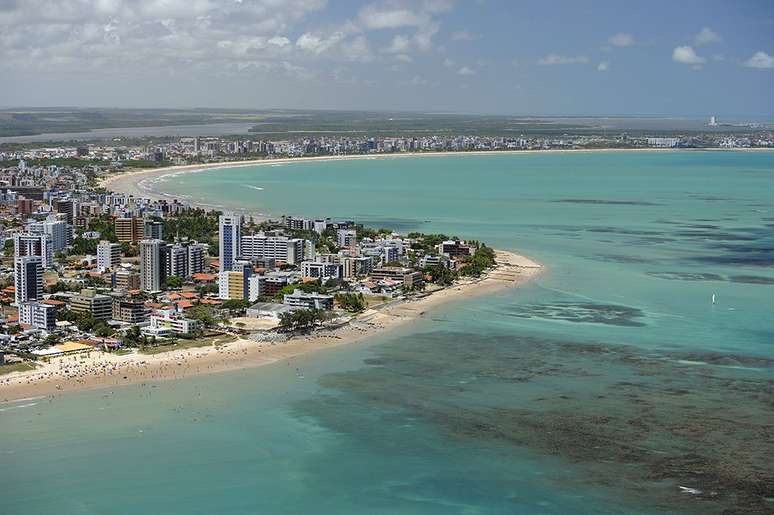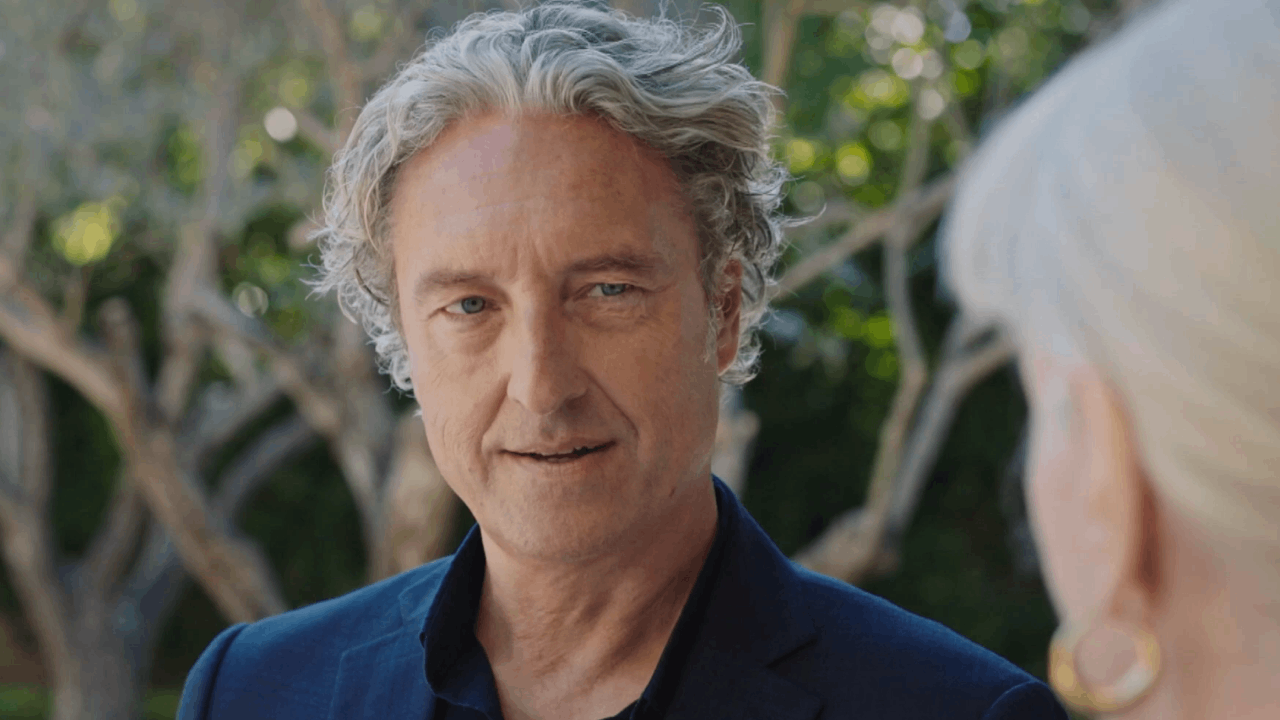The city will only advance towards the sea starting from the 1940s […]
The third oldest city in Brazil was born with its back to the sea.
Not that there was a lack of scenic reasons to enchant the Portuguese at the end of the 16th century, but to defend the new conquest, the city remained isolated, for decades, in a rural area, on the banks of the Sanhauá river.
Only starting from the 1940s did the city move towards the sea, never to take its feet off the sand again.
In João Pessoa, better known as Jampa, you don’t even have to go far to find beautiful stretches of sand and warm, crystal-clear waters at your feet. Its urban coastline has 24 kilometers of coastline and is home to beaches such as Bessa, Manaíra and Tambaú.
But it doesn’t end here.
OR south coast da Paraíba is known for famous beaches such as Tambaba, the first naturist beach in the Northeast, in the municipality of Conde. Another strong point of the region is Pitimbu, which has the largest coastline in the entire Paraíba coast, 65 kilometers from the capital. There are 26 kilometers of sand strips, 13 beaches and four estuaries there.
But it is in the north that visitors will find some of the most beautiful scenery on the entire coast of Paraíba.
I WAIT VIDEO
NORTH COAST OF PARAÍBA
With 19 beaches, in five municipalities, the region is home to attractions such as the island of Red sanda sandy beach in the middle of the sea, in Cabedelo.
18 km from João Pessoa, the city has gained worldwide fame with Praia do Jacaré, formed by the waters of the Paraíba river, where, every day, the arrival of sunset is witnessed by the sound of Ravel’s Bolero played by Jurandy do Sax, musician who joined the record book.
WATCH VIDEO
Mataraca is the last municipality of Paraíba, where the village of is located Barra do Camaratubaon the border with Rio Grande do Norte.
It is in this most isolated part of the state that visitors are surprised by one of the most surprising experiences of this region with 13 kilometers of beaches: the Uçá Crab Trail, between the mangrove forest and the sea.
This unusual walk begins in shallow water, follows the river current and ends at the mouth of Camaratuba. All this on noodle buoys that help in the deeper areas.
From that moment on, the effort is minimal and the current of those calm waters dictates the pace.
I WAIT VIDEO
The north coast is also the indigenous version of Paraíba.
About 90 km from João Pessoa, the region is home to 32 villages in the municipalities of Baía da Traição, Armação and Rio Tinto, where around 10 thousand indigenous people are dedicated to agriculture, fishing and tourism, where one of the accommodation possibilities is located. ..very unusual in that northeastern state.
This campsite in Baía da Traição is known for its traditional indigenous huts on the seafront, in Aldeia Alto do Tambá.
Okatu has nine cavities made with coconut straw, which can also accommodate a tent, as well as having structures such as hammocks, a restaurant and a space for the presentations of the toré, as the sacred rite of those indigenous people is known.

Also on the north coast of Paraíba, in Cabedelo, the Intermarre It is an open sea beach with strong waves, frequented mainly by amateur and professional surfers, and home to the Urban Turtles Project of the NGO Guajiru, whose strip of sand is a nesting site for hawksbill turtles.
SOUTH COAST OF PARAÍBA
The highlights are i Love Beachknown for the natural arch that separates the sand strip into two sectors, e Tambabathe first naturist beach in the Northeast, 25 kilometers from João Pessoa, in the city of Conde.
However, one of the most beautiful scenes of the region is the scenery Coqueirinhoa horseshoe-shaped bay that guarantees a beach with calm waters and also has a small canyon, in the right corner.
A path from the car park gives access to a natural platform that guarantees panoramic views of the Paraíba coast.

Source: Terra
Ben Stock is a lifestyle journalist and author at Gossipify. He writes about topics such as health, wellness, travel, food and home decor. He provides practical advice and inspiration to improve well-being, keeps readers up to date with latest lifestyle news and trends, known for his engaging writing style, in-depth analysis and unique perspectives.








